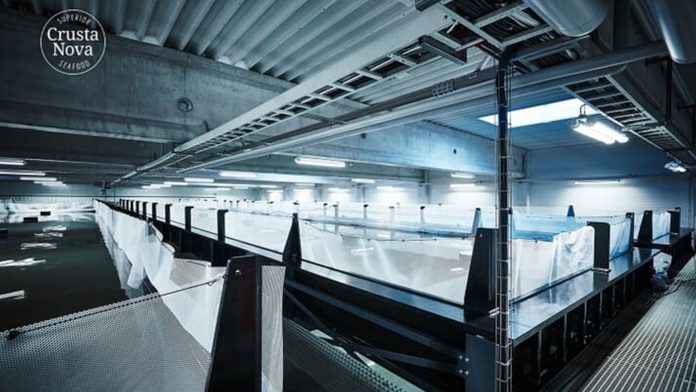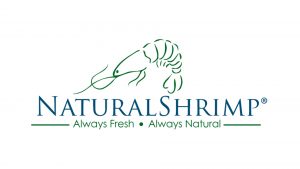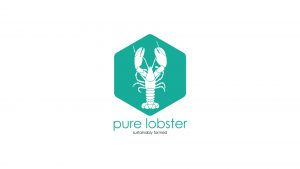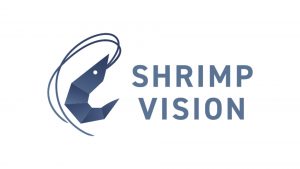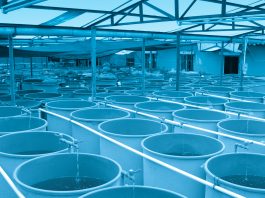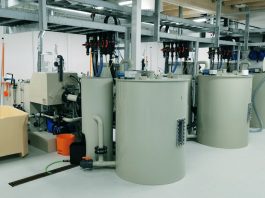Recirculating aquaculture system technology enables the year-round commercial production of prawn species. Here, Marineholmen RASLab examines the technology’s place in the future of crustacean culture.
Of the large number of prawn species with potential for aquaculture, only a handful are commercially produced. Of these, the species of choice is mostly decided on due to its disease resistance, ease of production and closed lifecycle, high commercial value, and suitability to intensive aquaculture.
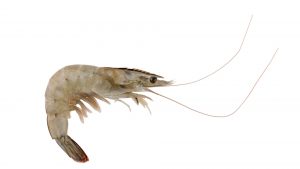
© iStock/Geshas
Commercially produced prawn species
Typically, the whiteleg prawn (Litopeneaus vannamei) is prominent, along with the black tiger prawn (Penaeus monodon). However, lesser cultured species of Indian white prawn (Penaeus indicus), Kuruma prawn (Penaeus japonicus) and giant freshwater prawn (Macrobrachium rosenbergii) are also commercially viable species.
In addition to prawns, the culture of freshwater crayfish focuses on a few desirable species, although these products may represent a much lower tonnage compared with that of prawns. Species like the red swamp crayfish (Procambarus clarkia) and the Australian redclaw crayfish (Cherax quadricarinatus) are similarly commercially cultured. Commercial aquaculture production of crustaceans is primarily carried out in large earthen ponds in typically tropical regions. However, innovations in technology are providing alternative approaches with growing commercial success.
Recirculating aquaculture systems
With the use of recirculating aquaculture system (RAS) technology, year-round commercial production of prawn species, most typically Litopenaeus vannamei, is now available and is being carried out in non-traditional prawn cultivation regions. For example, pioneering production of prawns in Bavaria, Germany (CrustaNova), and in LaCoste, Texas, and Webster city, Iowa (Natural shrimp Inc). Even start-up companies that also work with RASLab, like Norway’s Shrimp vision AS, use RAS technologies producing products that are either processed or shipped live to their respective markets.
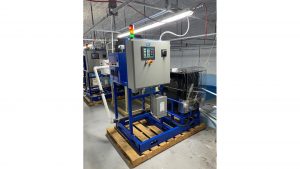
There are three main approaches used for production:
- Biofloc – co-cultivation of bacterial floc with the prawns providing a combined matrix for feeding upon as well as some ammonium oxidation and nitrification;
- Recirculating aquaculture system with a conventional biofilter system approach in clear water culture; and
- The deployment of revolutionary innovation such as electrocoagulation technology that replaces the biofilter ammonium oxidation process with an electrolytic one. This technological solution is used by Natural Shrimp Inc. – the same technology that RASLab has been testing with cold water salmon culture with its subsidiary company Natural Aquatic Sciences Inc.
Whichever the approach used, the prawns are cultured under controlled conditions, removing variables of feeding, predators, temperature, and water quality, which can be carefully controlled through recirculating aquaculture system technology. Intensive production systems are therefore stocked with 500 individuals/m3 compared with half or one quarter of that used in pond culture – a clear and distinct advantage of using intensive RAS technology. Control of water quality and subsequent hygiene reduces the risk of disease outbreaks, and therefore the need for antibiotic treatments. It is possible to produce a year-round quality product, in a more sustainable manner, and thus command a better market price.
Crayfish production is also becoming increasingly sophisticated, moving away from earthen pond culture to intensive indoor and recirculating aquaculture system-based technology. Land-based production in tanks under flow-through conditions is not uncommon, although intensive production of crayfish (and their marine cousin, the lobster) in RAS is growing.
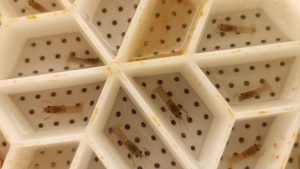
Innovating the future of aquaculture
Despite a limited supply of crayling seed being available, RAS technology has been used in the pilot-scale culture of the redclaw crayfish at the University of Bergen, in partnership with Marineholmen RASLab and Pure Lobster AS. The pilot tested two types of culture approach: raceways and the Ocean-on-Land Aquahive® system to demonstrate the feasibility of intensive RAS-based production. Much work remains to be done to scale-up production and define optimal growth conditions, although production methods show considerable promise. By producing shrimp and crayfish closer to the market, using RAS production technology, product can be supplied fresh or even live with often a lower net carbon footprint. This can be enhanced by using transformative technologies like electrocoagulation. Marineholmen RASLab works with a number of start-up and small companies using and developing innovative technology. Using our scientific and technological expertise we help advance RAS technology and promote our partners’ ventures, pushing the boundaries so that together, we are “innovating the future of aquaculture.”
Partner companies
Please note, this article will also appear in the eleventh edition of our quarterly publication.

